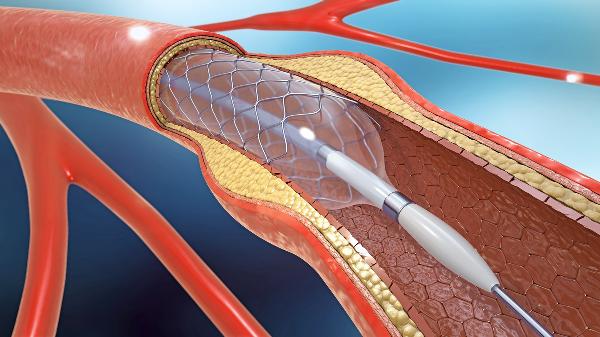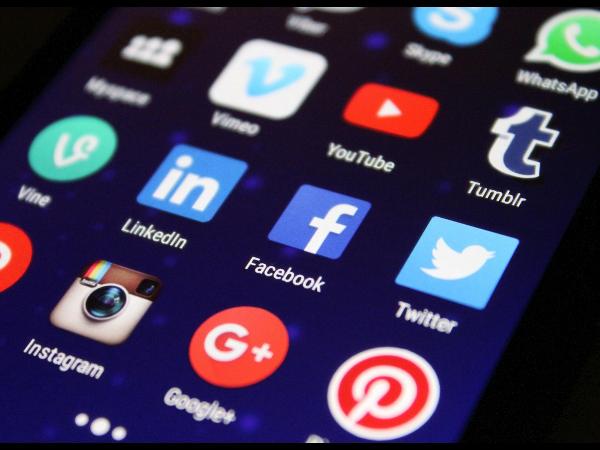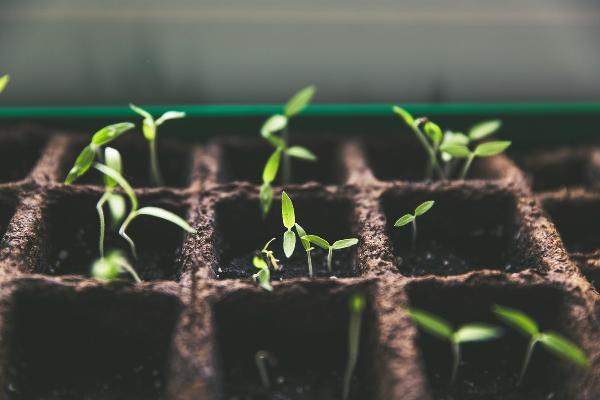The Growing Angioplasty Balloons Market: Trends, Insights, and Future Prospects

Strong 8k brings an ultra-HD IPTV experience to your living room and your pocket.
Understanding Angioplasty Balloons
Before diving into the market specifics, let’s briefly discuss what angioplasty balloons are. These balloons are medical devices used during angioplasty procedures to open blocked or narrowed blood vessels in the heart. When inflated, they help restore blood flow, which is vital for a patient’s health. Cardiovascular diseases (CVDs) are the leading cause of death worldwide, accounting for millions of lives each year. As unhealthy lifestyles, stress, and aging populations continue to rise, so does the prevalence of conditions like coronary artery disease, which restricts the flow of blood to the heart. Angioplasty is a common procedure used to treat such conditions, and at the heart of this procedure is the angioplasty balloon – a simple yet life-saving medical device that helps open blocked or narrowed arteries.
The angioplasty balloon market has grown steadily over the years, thanks to advancements in technology, an increasing number of patients requiring cardiac interventions, and improved healthcare access. From their introduction decades ago to today's highly specialized devices, angioplasty balloons have evolved into a cornerstone of modern cardiology.
This blog will provide a comprehensive look at the angioplasty balloon market, including its current size, projected growth, key players, types of balloons, and applications. We will also explore the geographical regions where the demand is increasing and take a glimpse into the future, exploring how the market is set to expand over the next decade.
Current Market Overview of Angioplasty Balloons Market
According to recent data, the angioplasty balloon market was valued at 2.17 billion dollars in 2022. The market is projected to grow to 2.25 billion dollars in 2023, reflecting a steady demand for these devices. By 2030, the market size is expected to reach 2.92 billion dollars, indicating a CAGR (Compound Annual Growth Rate) of 3.80% from 2023 to 2030.
Key Market Players of Angioplasty Balloons
The angioplasty balloon market is characterized by the presence of several key players who contribute to its growth. Some of the major companies include:
- Abbott Laboratories
- Boston Scientific
- C. R. Bard
- Medtronic
- Aachen Resonance
- Acrostak
- AMG International
- Angioslide
- Arthesys
- Asahi Intecc
- Atrium Medical
- BrosMed
- Cook Medical
- Gadelius Medical
- Lepu Medical
These companies invest in research and development, focusing on creating advanced balloon technologies that enhance the safety and effectiveness of angioplasty procedures.
Market Segmentation of Angioplasty Balloons Market
Understanding the angioplasty balloon market requires a look at its segmentation. Here are the key segments by type and application:
Type of Angioplasty Balloons:
- Normal Balloon Catheter: These are the most commonly used balloons in angioplasty procedures. They are simple and effective for widening narrowed arteries.
- Drug-Eluting Balloon (DEB) Catheter: These balloons are coated with medication that is slowly released to prevent re-narrowing of the artery after the procedure. They are particularly effective for patients with a higher risk of restenosis.
- Cutting Balloon Catheter: This type features tiny blades on the balloon's surface. When inflated, the blades help to cut through the plaque, making it easier to widen the artery.
- Scoring Balloon Catheter: Similar to cutting balloons, scoring balloons have scoring elements that create small incisions in the plaque, allowing for easier expansion of the artery.
Applications of Angioplasty Balloons Market
- Ambulatory Surgery Centers (ASCs): These facilities provide same-day surgical care and are becoming increasingly popular for performing angioplasty procedures.
- Hospitals: Traditional hospitals remain the primary location for angioplasty, where patients receive comprehensive care.
- Catheterization Laboratories (Cath Labs): Specialized areas within hospitals or standalone facilities designed for performing catheter-based procedures, including angioplasty.
Market Drivers of Angioplasty Balloons
Increasing Incidence of Cardiovascular Diseases: The rising prevalence of cardiovascular diseases globally is one of the primary factors driving the angioplasty balloon market. Factors such as unhealthy diets, sedentary lifestyles, smoking, and stress contribute to the increased incidence of conditions like coronary artery disease, heart attacks, and strokes.
Aging Population: As the global population ages, the demand for medical interventions for age-related diseases, including cardiovascular issues, is increasing. Older adults are more susceptible to heart diseases, necessitating procedures like angioplasty.
Technological Advancements: Innovations in angioplasty balloon technology, such as drug-eluting balloons, biodegradable balloons, and improved catheter designs, enhance the efficacy and safety of the procedure. These advancements attract healthcare providers and patients, boosting market growth.
Growing Awareness and Education: There is a rising awareness of cardiovascular health and the importance of timely intervention. Educational initiatives and campaigns aimed at improving public knowledge about heart diseases and available treatments have led to increased patient consultations and procedures.
Healthcare Infrastructure Improvements: Many regions are investing in healthcare infrastructure, improving access to medical facilities and advanced treatments. This development facilitates the growth of the angioplasty balloon market, particularly in emerging economies.
Challenges of Angioplasty Balloons Market
High Costs: The cost of angioplasty procedures, including the use of specialized balloons, can be prohibitive for some patients, especially in developing countries. This can limit access to necessary treatments.
Complications and Risks: While angioplasty is generally safe, complications can occur, such as bleeding, infection, and restenosis (re-narrowing of the artery). Concerns about these risks can deter some patients from undergoing the procedure.
Regulatory Hurdles: The angioplasty balloon market is subject to stringent regulations and approval processes, which can slow down the introduction of new products and technologies.
Market Competition: With several key players in the market, competition can be intense. Companies must continuously innovate and improve their products to maintain their market share.
Technological Advancements of Angioplasty Balloons Market
Drug-Eluting Balloons (DEB): These balloons are coated with therapeutic agents that are released into the arterial wall during inflation, reducing the risk of restenosis. DEBs have gained popularity due to their effectiveness in preventing re-narrowing of arteries.
Biodegradable Balloons: These innovative devices are designed to dissolve after serving their purpose, minimizing the risk of long-term complications and improving patient outcomes.
Robotic-Assisted Procedures: The integration of robotics in angioplasty procedures enhances precision and control, leading to better outcomes and reduced recovery times.
Advanced Imaging Techniques: The use of advanced imaging technologies, such as intravascular ultrasound (IVUS) and optical coherence tomography (OCT), allows for better assessment of the arterial condition, leading to more effective treatments.
Regulatory Landscape of Angioplasty Balloons Market
The angioplasty balloon market is regulated by health authorities worldwide to ensure the safety and efficacy of medical devices. In the United States, the Food and Drug Administration (FDA) oversees the approval process for angioplasty balloons, requiring rigorous testing and clinical trials before granting market access. Similarly, the European Medicines Agency (EMA) and other regulatory bodies in various countries enforce strict guidelines for device approval and monitoring.
Competitive Analysis of Angioplasty Balloons Market
The angioplasty balloon market is competitive, with several major players dominating the landscape. These companies are focusing on innovation, quality improvement, and expanding their product portfolios to maintain their market positions. Some strategies employed by key players include:
Research and Development: Significant investments in R&D to create advanced balloon technologies that improve patient outcomes.
Strategic Partnerships and Collaborations: Collaborating with healthcare providers and research institutions to enhance product offerings and gain market insights.
Geographic Expansion: Entering emerging markets to capture new customer bases and increase revenue streams.
Marketing and Awareness Campaigns: Implementing marketing strategies to raise awareness about new products and their benefits among healthcare professionals and patients.
Major Regions Covered by Angioplasty Balloons Market
The angioplasty balloon market is global, with significant growth expected across various regions:
- North America: This region holds a substantial share of the market due to advanced healthcare infrastructure, high incidence rates of cardiovascular diseases, and strong research and development initiatives.
- Europe: The European market is driven by an aging population and increased awareness of cardiovascular health. The presence of established healthcare systems also supports market growth.
- Asia Pacific: Rapid economic development and improvements in healthcare access are propelling the angioplasty balloon market in this region. Countries like China and India are witnessing a rise in cardiovascular diseases, leading to higher demand for angioplasty procedures.
- Latin America and the Middle East & Africa: While still emerging, these regions show potential for growth as healthcare systems improve and more patients gain access to advanced medical treatments.
Future Prospects of Angioplasty Balloons Market
The future of the angioplasty balloon market looks promising. With a projected market size of 2.92 billion dollars by 2030, several factors are driving this growth:
- Increasing Cardiovascular Diseases: As lifestyles change and populations age, the prevalence of cardiovascular diseases is rising globally. This trend is expected to increase the demand for angioplasty procedures.
- Technological Advancements: Continuous innovation in angioplasty balloon designs and materials is enhancing the safety and effectiveness of procedures, attracting more patients and healthcare providers.
- Rising Awareness: Increasing awareness about cardiovascular health and the availability of treatment options is encouraging more people to seek medical help, further driving the market.
- Investment in Healthcare: Governments and private entities are investing in healthcare infrastructure, ensuring that more patients can access essential medical procedures, including angioplasty.
Concluding Angioplasty Balloons Market
The angioplasty balloon market is on a steady growth trajectory, driven by the increasing prevalence of cardiovascular diseases, technological advancements, and rising awareness of heart health. Key players are continually innovating to meet the growing demand, ensuring that patients receive the best possible care. With a projected market size of 2.92 billion dollars by 2030, the angioplasty balloon market is poised for significant expansion, offering hope for millions affected by cardiovascular issues.
As we move forward, the focus will remain on improving patient outcomes, enhancing device performance, and ensuring that these life-saving procedures are accessible to those in need. n a world where cardiovascular disease continues to claim millions of lives each year, the angioplasty balloon market stands as a beacon of hope for millions of patients. The steady growth of the market, projected to reIach 2.92 billion dollars by 2030, reflects the increasing demand for safe, effective treatments for blocked arteries. As technology continues to advance and awareness about heart health rises, angioplasty balloons will play an even greater role in improving patient outcomes.
However, it is not just about the growing numbers. The real value lies in the lives saved and the quality of life restored through this essential technology. The key players in the market, through continuous innovation and improvement, are ensuring that angioplasty balloons become more efficient and accessible to patients worldwide. As we look toward the future, it’s clear that this market will not only expand in size but also in impact, helping countless people lead healthier, longer lives.
Note: IndiBlogHub features both user-submitted and editorial content. We do not verify third-party contributions. Read our Disclaimer and Privacy Policyfor details.







